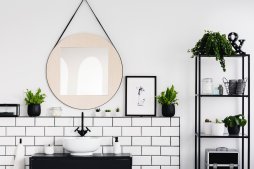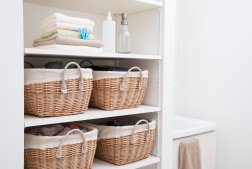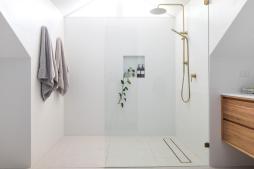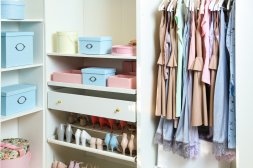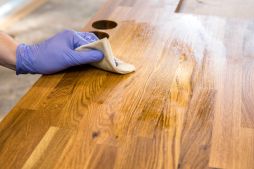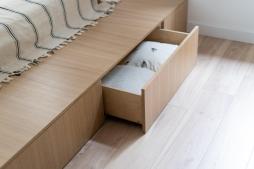How to Identify Design-Worthy Basics in Big Box Stores

Finding stylish, design-worthy basics doesn’t have to mean breaking the bank or scouring high-end boutiques. Big box stores offer a wide range of essentials that can be both affordable and chic. With a keen eye and some helpful tips, you can spot pieces that elevate your wardrobe or home without compromising on quality or style.
Understand What Makes Basics ‘Design-Worthy’
Design-worthy basics are timeless, versatile items made with attention to detail and quality materials. They serve as the foundation of any wardrobe or interior space because they effortlessly complement more unique statement pieces. When shopping at big box stores, look for items that have clean lines, subtle design elements (like interesting textures or stitching), and neutral colors that are easy to mix and match.
Pay Attention to Fabric and Material Quality
Even at big box retailers, you can find items made from durable fabrics such as cotton blends, linen, wool blends, or quality synthetics designed for longevity. Check the label for fabric content; natural fibers often offer better breathability and comfort. Also examine the feel of the material—design-worthy basics tend to have a substantial weight rather than feeling flimsy or cheap.
Look for Thoughtful Construction Details
Details like reinforced seams, well-placed buttons, neat hems, and symmetrical patterns indicate higher craftsmanship. Don’t overlook zippers that glide smoothly or collars that hold their shape well. These small touches ensure your basic piece will not only look good but also stand up to regular wear.
Focus on Fit and Proportion
A design-worthy basic fits well without needing constant alterations. Try items on when possible—pay attention to how they hug your body shape while allowing comfort and movement. For home basics like furniture or decor pieces found in these stores, consider scale relative to your space; oversized or undersized items can throw off overall design harmony.
Use Color Strategically for Versatility
Neutral colors such as black, white, beige, navy blue, gray, and olive green typically qualify as design-worthy because they blend easily with other hues in your collection. However, don’t shy away from muted tones like dusty rose or sage green if those shades suit your style—they add personality while remaining versatile enough for mixing.
By honing these skills—recognizing quality fabrications, craftsmanship details, fit/proportion balance, and color choices—you’ll be equipped to discover hidden gems among big box store offerings. This approach empowers you to build a stylish foundation of basics without overspending while still achieving a polished look or refined living space.
This text was generated using a large language model, and select text has been reviewed and moderated for purposes such as readability.
